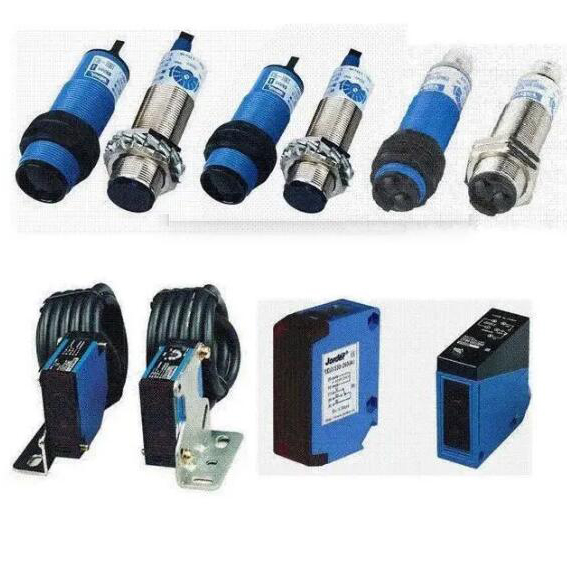Explanation of common sensor performance terms

2023-08-09
Explanation of common sensor performance terms

Here are explanations of common performance terms associated with sensors:
1.Accuracy: Accuracy refers to the degree of conformity between the measured value and the true value of the parameter being measured. It measures the sensor's ability to provide measurements that are close to the actual value. Accuracy is typically expressed as a percentage of the full-scale range or as a maximum deviation from the true value.
2. Precision: Precision refers to the reproducibility or consistency of the sensor's measurements when repeated under the same conditions. It measures the sensor's ability to provide consistent and repeatable results. Precision is often expressed as the standard deviation or variance of multiple measurements.
3.Resolution: Resolution refers to the smallest change in the measured quantity that a sensor can detect or distinguish. It is the smallest increment that can be detected by the sensor within its measuring range. Higher resolution means that the sensor can detect smaller changes in the measured parameter.
4.Linearity: Linearity refers to how well the sensor's output follows a straight line when the input varies linearly. In other words, it measures the sensor's ability to provide a linear relationship between the input and output. A perfectly linear sensor will have a constant sensitivity across its measuring range.
5.Sensitivity: Sensitivity is a measure of the sensor's response to changes in the input parameter. It is typically defined as the ratio of the change in output to the change in input. Higher sensitivity means that the sensor can detect smaller changes in the measured quantity.
6.Range: Range refers to the minimum and maximum values of the input parameter that a sensor can accurately measure. It represents the limits within which the sensor can provide accurate and reliable measurements.
7.Drift: Drift refers to the change in sensor output over time, even when the input parameter remains constant. It can be caused by factors such as changes in temperature, aging of components, or environmental conditions. Zero drift refers to the change in output when the input parameter is at zero.
8.Response Time: Response time refers to the time it takes for a sensor to respond to a change in the input parameter and provide a stable and accurate output. It is often measured as the time it takes for the sensor's output to reach a specified percentage of the final value after a step change in the input.
9.Hysteresis: Hysteresis refers to the difference in sensor output for the same input value when approaching it from different directions. It is caused by the internal characteristics of the sensor and can result in an offset between the ascending and descending portions of the input-output curve.
10.Operating Temperature Range: Operating temperature range specifies the range of temperatures within which a sensor can operate reliably and provide accurate measurements. It includes the minimum and maximum temperatures that the sensor can withstand without compromising its performance.
These performance terms help assess the capabilities of sensors and guide their selection for specific applications. Understanding these terms allows users to evaluate the performance characteristics of sensors and choose the most suitable sensor for their measurement needs.
 2023-08-09
2023-08-09
